The table below describles state space analysis in the field of power electronics. It is from a paper entitled "Signal Flow Graph in Loop Gain Analysis of DC–DC PWM CCM Switching Converters by Wing-Hung Ki, Member, IEEE."
As shown in the picture, the input vector u(t) has the current component \$i_2\$. Unfortunately, the paper doesn't explain what it is. Could anyone clarify that?
For dc-dc converters such as buck, boost, buck-boost, the only input component that I know is \$V_g\$. So I have no idea what the input current \$i_2\$ is.
